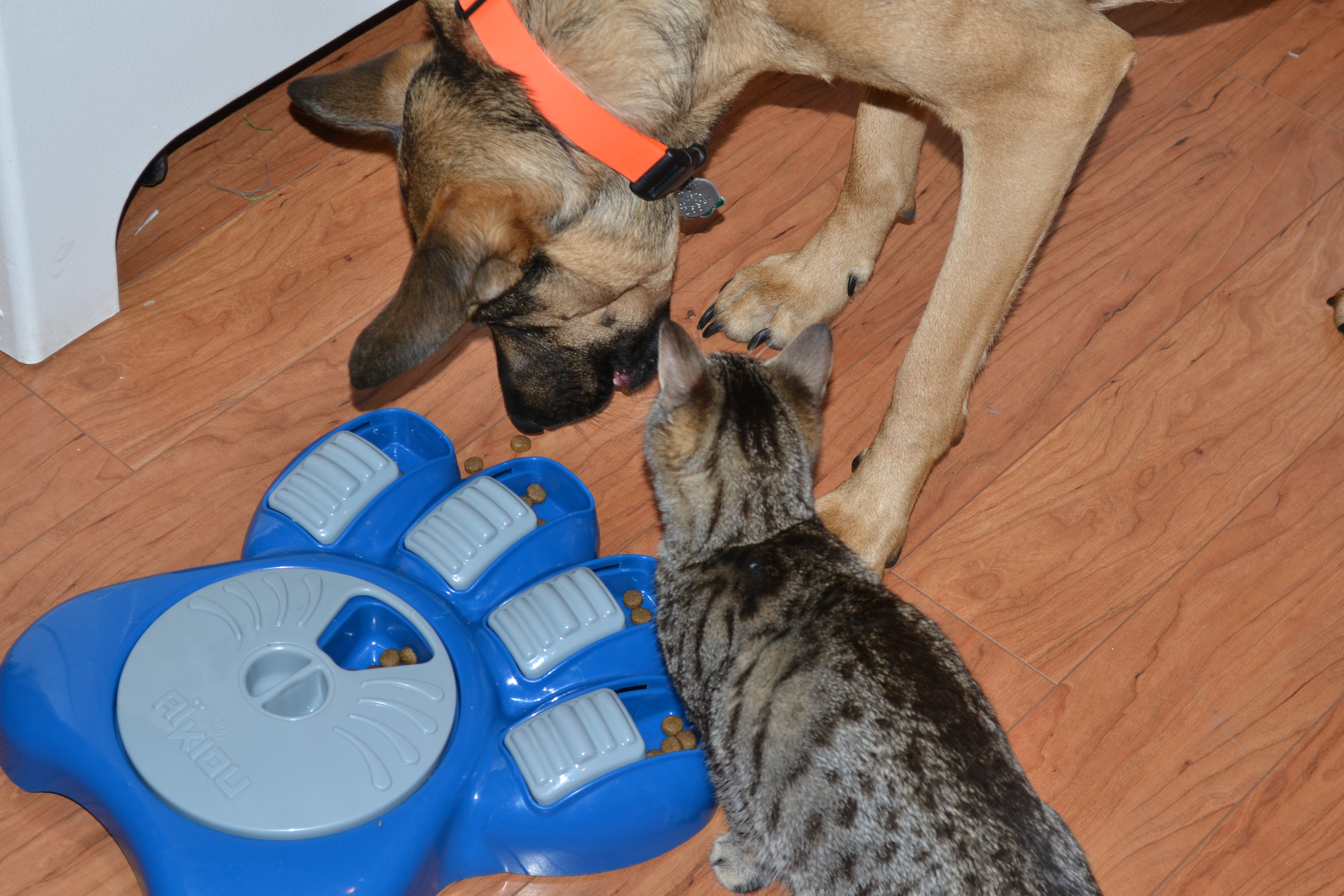There are many dog training methods available to the public, but just like any professional service, you should do your research when it comes to hiring someone to work with your family and dog. Shock collar trainers have incredible marketing schemes and an ability to make shock collars seem comfortable and normal for any dog. However, unsuspecting dog owners have permanently traumatized their dogs with these e-collars – even with “proper” use.
Some shock collar trainers use these kinds of marketing techniques* (among others):
- Free evaluation and demo
- Off leash control in 3 lessons or less
Keep in mind that true dog training solutions are not “quick fixes”. In order to have long-lasting, permanent success, time and effort need to be put in at the beginning. People see the quick fix offered by shock collars and are sold before they get a chance to think about the psychological trauma this collar may do to a dog.
Please take a moment to read these true personal stories:
“I have had my rescue dog for over a year. He has weirdness but is totally perfect 100% fine with me. Last month I pulled out some scotch tape and he hit the bricks and looked at me with total fear in his eyes. As we worked through the tape, I realized it makes the sound of a shock collar. Ripped my guts out.” – Nancy Freedman-Smith
“A wonderful 7 month old Bull mastiff puppy I am working with right now had a local, well-known trainer use a shock collar on him. The trainer used it to teach the dog how to lay down on a mat in the 2-year-old child’s playroom so the child could play without the dog getting in the way. The day after the first training session with this shock collar trainer, the dog lunged at the child as the child picked up a sippy cup with his mouth because it was traumatized and was a complete wreck. The child was not seriously injured and only got a small scratch on his face. I received the dog in my positive board and train program after that and the dog has been a total doll. This large breed puppy is doing fabulous now!” – Karen Deeds
“My oldest dog, once I switched to clicker training, was able to compete in obedience, agility, and rally obedience. She got certified as a therapy dog, she has a Novice Trick Dog title, a Pre-CD obedience title, got a few Q’s in agility before she retired, has excelled in CARO rally and is very close to her first level CARO title. Before this I couldn’t get her to do a thing! She is a 10-year-old Siberian Husky. Her first rally trial was last year and she qualified all three rounds with a high score of 191/200 which I was not expecting. She just needs one more Q under a different judge to title!” – Sarah Fulcher
“If my smoke detector chirps or if there is any other high pitch noise Brody rolls over and urinates on himself because it sounds like the ‘page’ feature of the shock collars. I find it appalling that something so terror inducing to cause submissive urination in two otherwise non-fearful dogs can be touted as ‘humane’. Brody never yelped, barked, or showed extreme signs of discomfort in the shock collar, yet it still traumatized him so badly.” – Lauren Elizabeth
“My last hound, when I first got him, cowered and urinated on himself when I tried a new collar on him. He had learned that the “second collar” being placed on his neck meant he was going to be shocked. He never did that at any other time, no matter who leaned over him, or what else was being done to him – including nail trimming, shots, ear cleaning (even once when he had an ear infection). However, if you went for that second collar, you would need paper towels for the floor. Needless to say, once I figured out what the trigger was, I never tried a new collar on him without first removing the old one! This formerly ‘dumb’ hound ended up as a therapy dog with a nice little repertoire of people-pleasing tricks – all trained positively.” – Anne Springer
As anyone can see, many dogs are traumatized by this collar even if they don’t display any discomfort. Training with true positive reinforcement and force-free methods allows the owner and dog to form a bond far beyond what an e-collar could ever do. Please do your beloved companion a favor and avoid using aversives in training.
Please note: I know this is a controversial subject so for this reason, I will not allow any comments. I love debating in person, but it is very hard to debate effectively over the internet. I am not here to argue, simply to give information for my readers to learn from.
______________________________________
[* While many shock collar trainers use these methods to attract customers, positive trainers may use them, too. Please do your research when picking a trainer to work with your dog.]
This article was made in collaboration with the Ines Gaschot of All Positive Dog Training and Stacy Greer of Adventures in Canine Training, and the people who shared their personal stories in hopes that this will help convince some people in the future to not use a shock collars on their dogs. Special thanks to those who contributed their stories. (Photos courtesy of DreamEyce Studio – Emily Rose Godlevsky (http://www.dreameyce.com))





